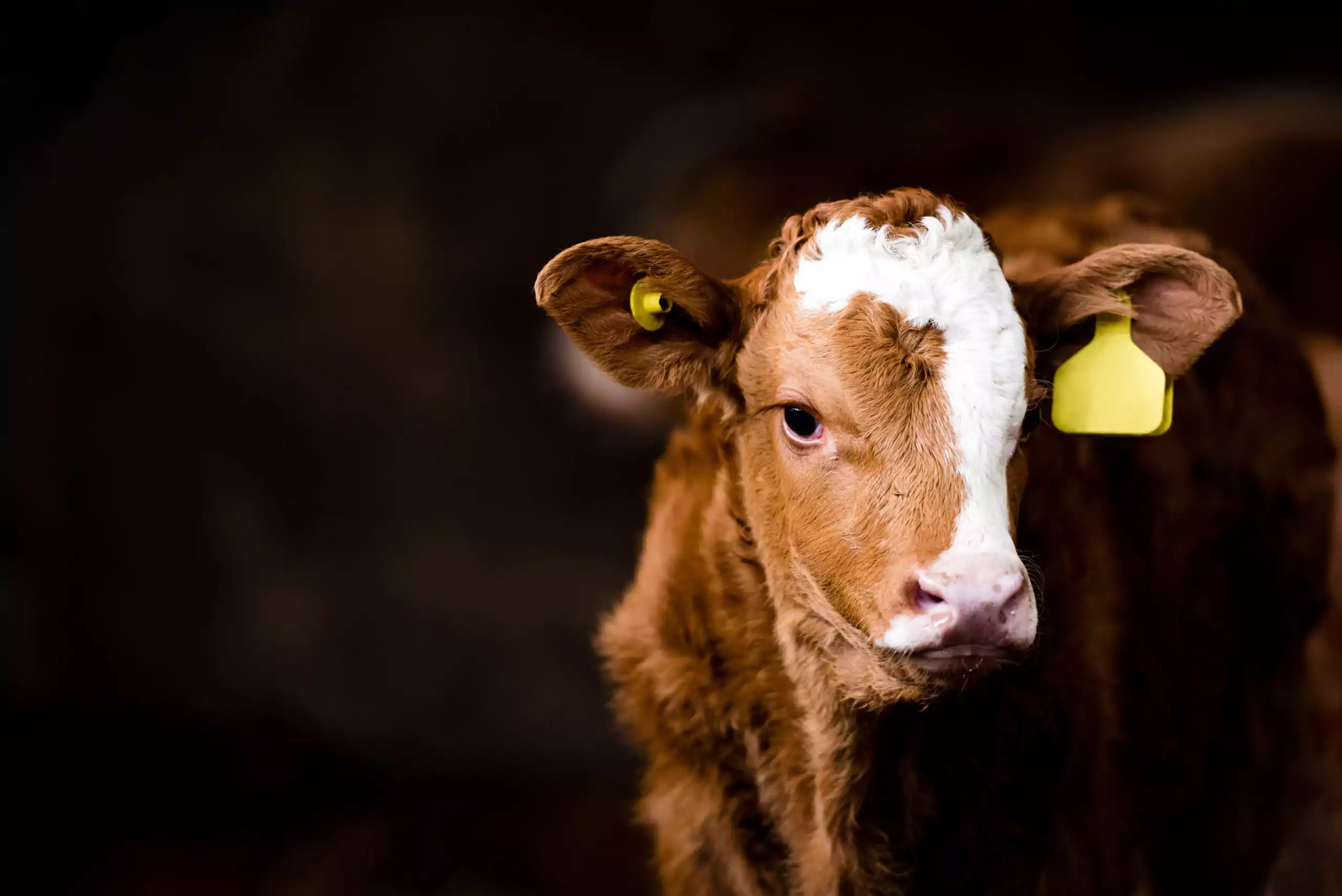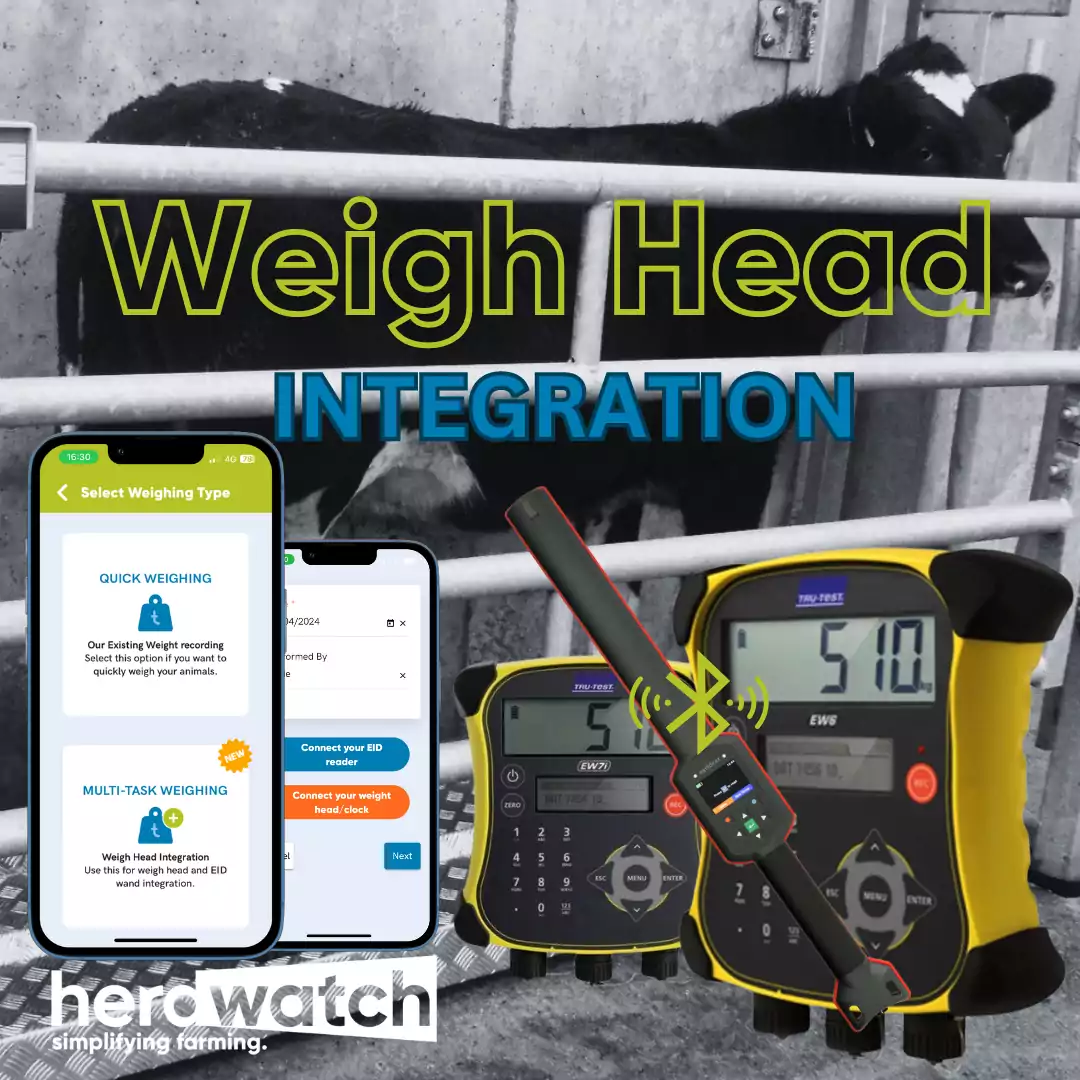Preparing for Calving: Essential Protocols for Every Cattle Producer

Calving is always a unique event, surrounded by anticipation, excitement and maybe a bit of apprehension. Far from passive, it requires active involvement, both before and after you would expect to be busy. There is a hefty to-do list to get the cow ready for the event and prepare for the new arrival, getting the calf off on the best possible footing, beginning with the first few minutes of life. These practices are key to a successful outcome long term. However, the savvy herdsperson will also want to be prepared when things don’t go as expected, especially at the last minute.
Want to know more about pen setup and creating a calving kit? Read the blog post we published in early 2023 to learn more..
Expect the Best, Prepare for the Worst
Often, cattle operations – dairy and beef alike – don’t have an established protocol to aid managers and workers through calving events. And if there is one, it is rarely written. Instead, many farms rely on assumptions or verbal instructions. Many veteran herdsmen think this is adequate and no formal protocol is necessary.
This is far from reality. A written procedure can offer potentially lifesaving benefits, especially when it includes scenarios that don’t happen very often, like a breech presentation. This document can also offer resources like veterinarian contact information and steps to assess various situations.
Written protocols should always be placed near your calving kit, preferably a laminated hardcopy. This helps ensure tools and information are in one place, ready to go at a moment’s notice and accessible to anyone in an emergency, even if they don’t typically handle calvings.
Seasonal Calving Considerations
There are three critical times to prepare for calving: 90 days prior to calving, 30 days prior and two weeks prior.
Ninety days prior to calving is the ideal time to review and outline herd vaccination programs with your vet. A review in this timeframe gives you ample time to ensure products will be on hand, including products that require a second dose. It will also help you be prepared for early calvers.
This is also a good time to do a nutrition check up. Remember that throughout the pregnancy, you should monitor body condition scores (BCS) and maintain them, especially as calving draws near. The ideal BCS for animals at the time of calving is 5 or 6.
If an animal is a little lean, check the ration to ensure it is not insufficient in fat or protein. At this point, you still have some time to beef them up before calving and give them a leg up for lactation. Also ensure that pregnant animals are receiving appropriate trace mineral supplements if needed.
Thirty days prior, review due dates. Group animals as appropriate if your facilities can accommodate groupings. This is also a great time to review your calving supply checklist and supplies and ensure everything is ready to go. Don’t put this off for too long as some animals might calve earlier than expected.
Finally, two weeks prior is the time to prepare designated maternity areas and calving pens. Even if you are calving on pasture, it’s a good idea to have a reserved space in a barn, shelter or corral close to the home base so you can transport postpartum pairs in need of special assistance.
Essentials to Keep on Hand
All cattle producers should have basic equipment for the calving season: calf pullers, halters, disinfectant, gloves and sleeves, lubrication, paper towels, electrolytes and iodine. This equipment should cover the basics necessary for most emergency interventions by the layman or a member of the crew in preparation for a vet’s arrival. If your team knows how to use it, having lidocaine on hand for an epidural is a good idea.
Other considerations for your protocol might include:
- Symptoms that identify when it is necessary to intervene during labor
- Identification of situations that require a call to a vet (i.e. breech position, cow has been laboring with no progress, unsuccessful attempts to reposition the calf, etc.)
- Emergency contacts should include your primary vet, a backup vet and a manager, supervisor or shift leader
- Instructions postpartum calf care
Ideally you’ll have frozen colostrum on hand in case the cow is dry or has health issues or she gives poor quality colostrum. If frozen colostrum isn’t available, a powdered mix with immunoglobulins is a substitute. Make sure it is not expired!
If your protocol requires a calf to be processed right away, it’s a good idea to have an additional kit with all the essentials for calf care such as a tubing kit and bottle, selenium, vitamin A and vitamin D injections, iodine, dehorning paste, castration tools and an ear tagging kit.
Finally, keep your medicine cabinet stocked with products for both cow and calf as recommended by your veterinarian. This may include anti-inflammatory drugs, pain killers, vitamin injections and epinephrine, among others.
Don’t Forget to Document
In along with your kits, be sure to provide instructions for logging data into your herd management software.
When you know you’ll have calving records coming in, be sure to have your management software up to date. Include products in your medicine cabinet, accurate information about dams and sires, notes and other historic information your team should know.
Our Herdwatch app, for example, allows you to easily scan your medications and vaccines directly to the platform. Once they are logged, users can simply select a product from the desktop or mobile app. Make sure everyone on your team is fully aware of what they should be documenting. Human memory can be faulty, so if something isn’t documented electronically or written, it is as though it never happened.
All operations are different, but ideal bare minimums to track are calving date, identification of both the dam and calf, complications or interventions, and vaccinations or medications that were administered.
Final Considerations
To ensure attentive care, high risk cows and pregnant heifers should be relocated to a designated calving area approximately two weeks before their expected delivery. When possible, it’s best to monitor these animals twice daily.
Be mindful of the season and weather patterns. When snow, rain and high winds impact your calving environment, make additional calf checks.
Never underestimate the value of being prepared for calving with proper tools and planned protocols.. Establishing clear procedures and timelines not only maintains a structured approach, but also sets the precedent of effective communication, preventing the onset of chaos and unnecessary stress during calving season.
Depending on the size of your operation and team and turnover, it may be necessary to review and revise your protocols on a routine basis. It may also be helpful to provide ongoing training.
Another critical step to getting your calves started on the right foot is to get them registered with the breed association. Our user-friendly app simplifies this process and ensures registrations can be efficiently executed shortly after calving. Learn more about the value of registering your calves in a previous post.




